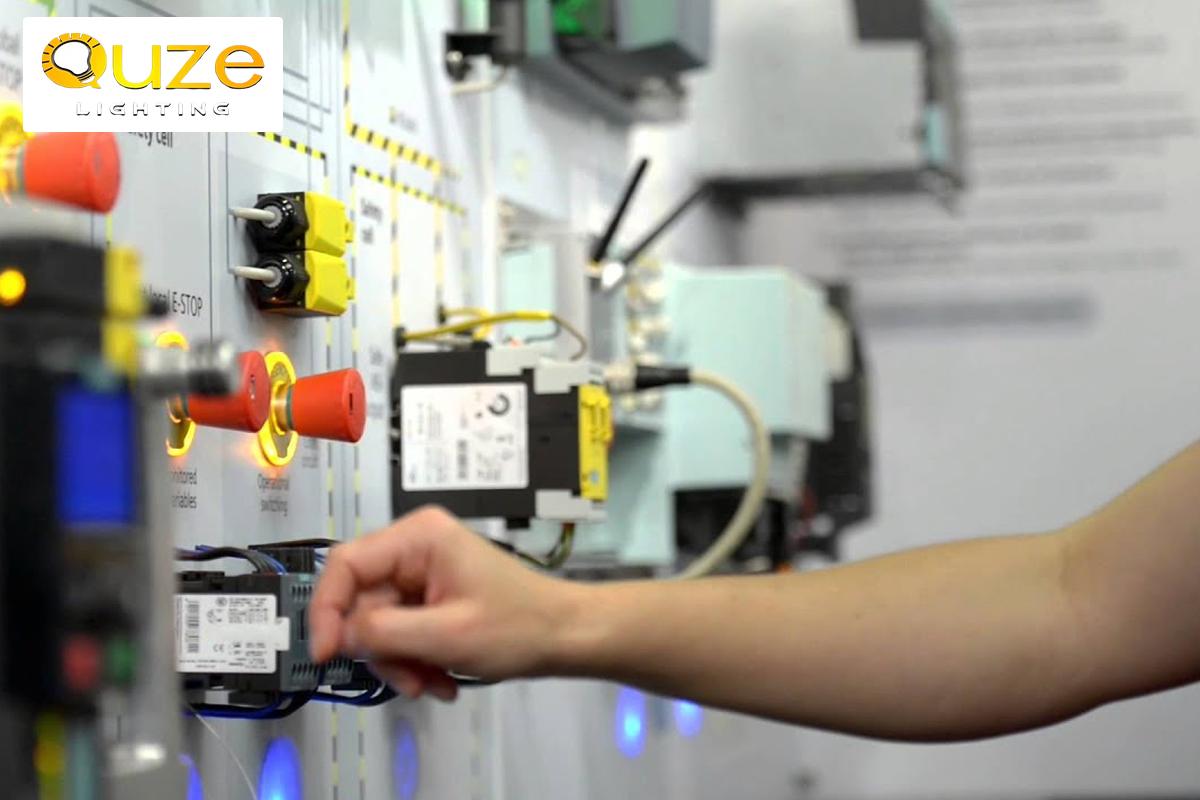Notifications

5 minutes, 1 second
-317 Views 0 Comments 0 Likes 0 Reviews

The optimized lighting and electrical supply system will help in saving energy, cutting costs, and enhancing performance. Many businesses and homeowners often fail to recognize the many benefits of using efficient systems, and this often causes utility bills to be higher and extra strain is put on electrical infrastructure.
Improving efficiency extends the life cycle of electrical devices and ensures a more reliable power supply. Below, we will explore how to optimize lighting and electrical supply for high performance.
Optimizing a system starts by establishing what exists. From the energy audit, one would find inefficiencies from old lighting, wasteful use of energy, or unstable voltage levels. Bulbs with high wattage, bad wiring, and unbalanced electrical loads cause inefficiency. The usage of electricity can be monitored by installing smart meters or other energy management software to spot areas to be improved.
Another very easy improvement on the electrical system would be in using energy-saving light bulbs. LEDs use far less power compared to incandescent or fluorescent bulbs for the same intensity at much lower energy expenses. They also last much longer than other fixtures, and this will also translate into fewer replacements. Utilize motion sensors and dimmable lighting systems to prevent wasting much of that energy.
Another application of low voltage supply is to reduce energy losses in commercial and industrial settings. Using step-down transformers, voltage regulators, and energy-efficient power supplies, you can ensure stable electrical flow without wasting power. Low voltage distribution also reduces heat generation, thus preventing electrical overloads and extending the lifespan of connected equipment.
Unique electrical systems offer real-time monitoring and automation of usage, minimizing waste and redundant consumption. With programmable timers, occupancy sensors, and smart plugs, usage can be scheduled according to need. Smart circuit breakers and automated load-balancing systems cut energy waste while making the space safer.
Many electronic appliances still consume power when they are turned off, causing phantom loads. Standby power consumption can therefore be reduced by avoiding unused appliances and utilizing smart power strips and smart outlets. Businesses ought to invest in energy-saving office equipment and recommend to colleagues to switch off electrical devices when they are not needed.
Energy dissipation and the potential risk to safety result from old, poor wiring. Compared to outdated methods, energy-efficient wiring includes copper or aluminum-clad conductors with a superior level of conductivity and smaller losses due to resistance. Utilizing energy-saving circuit breakers and surge protectors keeps the system stable, preventing electrical faults.
Continuous inspections and maintenance would have to be done to allow an efficient lighting and electrical supply. Dust accumulation, loose connections, and insulation damage all contribute to energy losses. Properly scheduled professional maintenance can check voltage levels and replace worn-out parts for optimal performance.
Renewable energy sources like solar panels or wind turbines increase efficiency significantly. Hybrid systems that use grid electricity in combination with renewable energy reduce reliance on fossil fuels, save money, and lower the carbon footprint. Net metering solutions also enable excess energy to be fed back into the grid, enhancing sustainability further.
It requires an end-to-end vision to optimize lighting and electrical supply. The answers are in the likes of energy-efficient lighting, smart electrical systems, low voltage supply management, maintenance, etc. These help cut the energy costs of businesses and individuals, enhance system performance, and pave a sustainable future.

